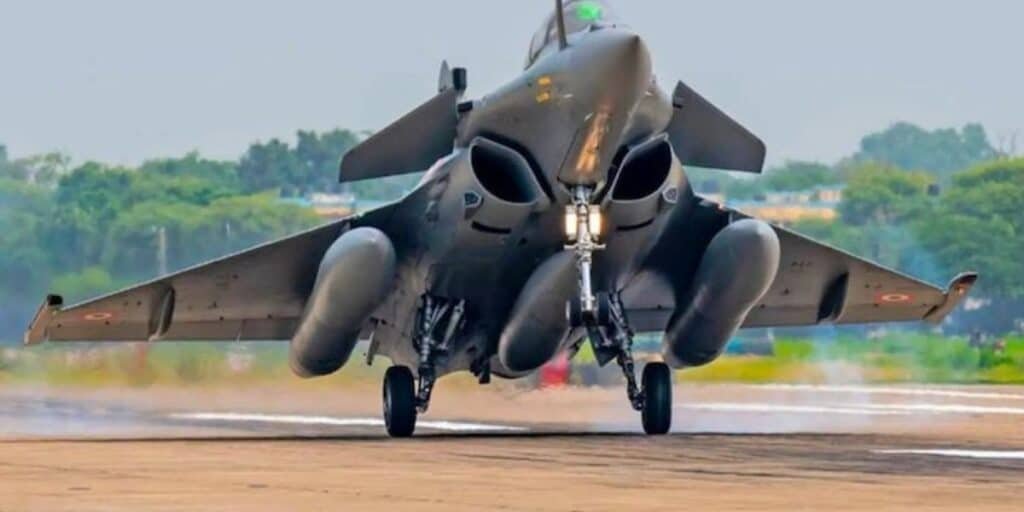Rafale losses ‘wreckage’ tagged BS-001, BS-021, BS-022 and BS-027 has become the strongest proof yet that India’s elite 101 “Falcons” Squadron absorbed the hardest blow in May’s air battle with Pakistan.
For Pakistani defence planners, the four matching serials cut through weeks of denial from New Delhi and confirm that the IAF’s newest French-built fighters were not merely damaged but eliminated, also revealed by acclaimed aviation writer Alan Warnes.
From Pakistan’s security paradigm, the episode underlines how a growing electronic warfare doctrine can offset India’s numerical edge in fourth generation aircraft.
Indian kill chain collapsed with the losses of Rafale
PAF sources say newly fielded spectrum denial suites severed the Rafales’ satellite down-links, jammed ground-based radars and disabled GPS feeds, leaving the French built jets blind and exposed over contested airspace.
Once the Indian kill chain collapsed, as mentioned by the PAF officials, J-10C interceptors reportedly launched long-range PL-15 missiles, achieving the first multi-domain kills in the region.
Islamabad’s defence planners view the incident as validation of their decision to invest in cyber electromagnetic capability instead of a like-for-like fighter acquisition race.
Aviation analysts argue that an affordable, agile spectrum warfare wing now gives Pakistan a deterrent lever capable of disrupting Indian offensive air plans at the outset of any crisis.
PAF officers note that disabling enemy sensors is also far less escalatory than striking airbases or command headquarters, aligning with Pakistan’s broader doctrine of “escalation control through precision disruption.”
With India expected to harden its networks and procure countermeasures, Pakistani defence officials caution that the electronic front will now define the tempo of South Asian air power: long before the first missiles fly.
Read more: India’s naval build-up threatens regional stability, maritime trade routes






